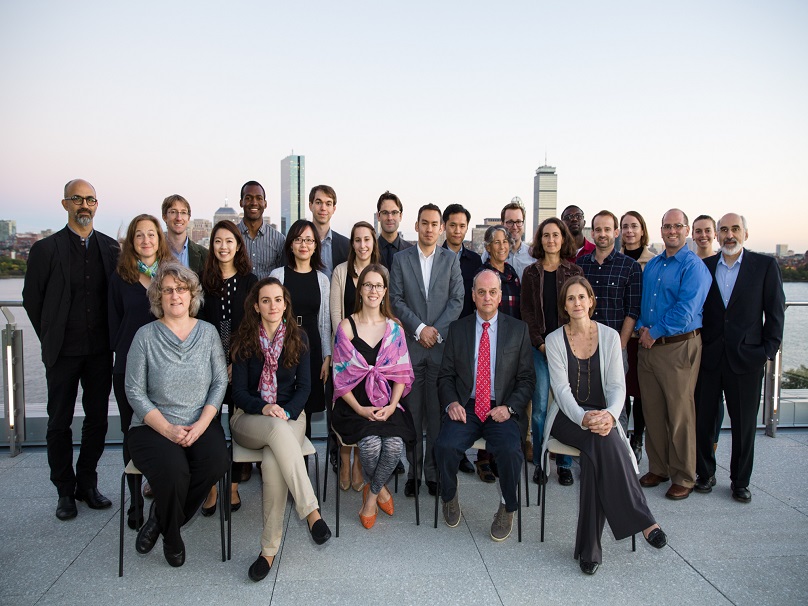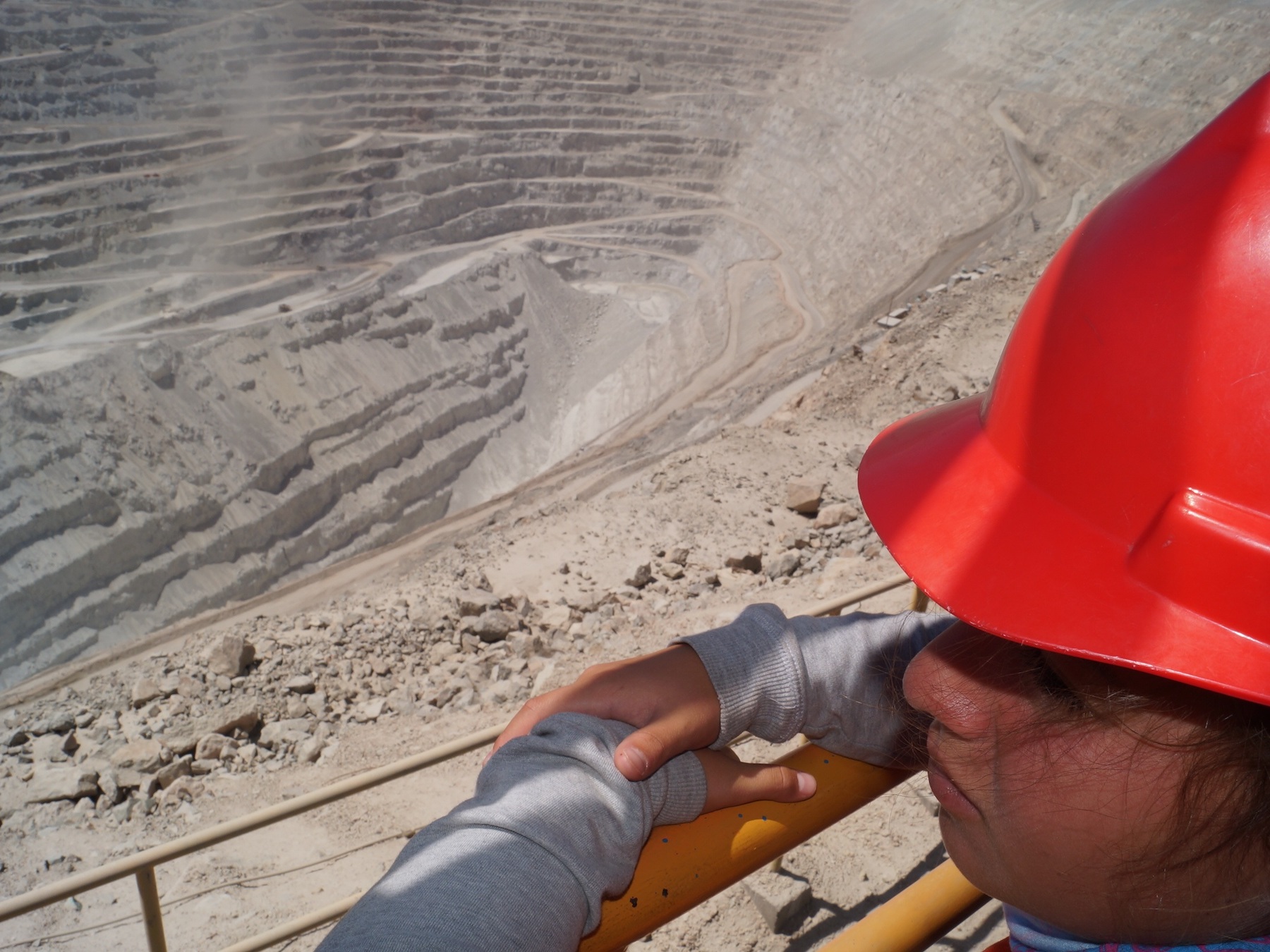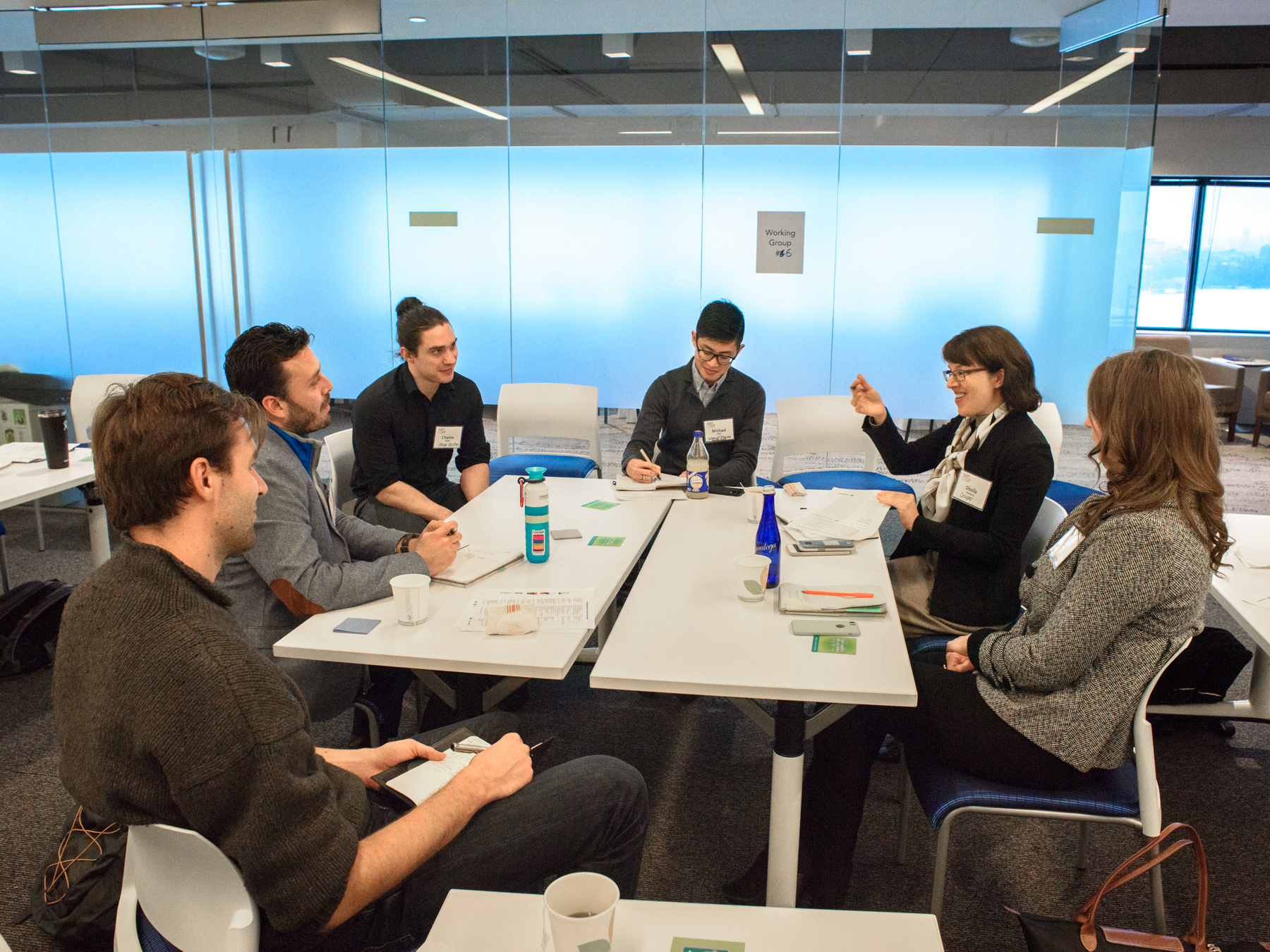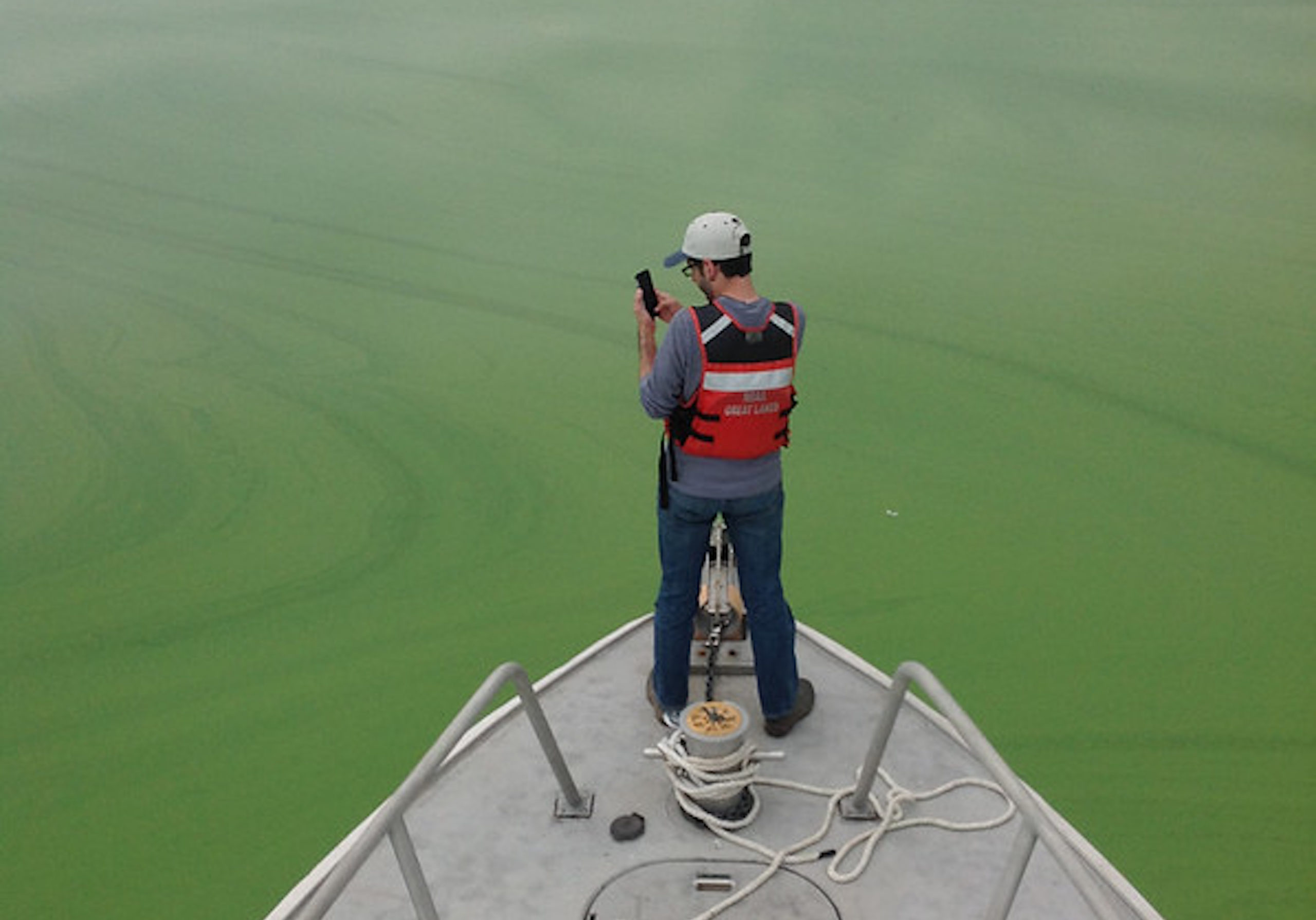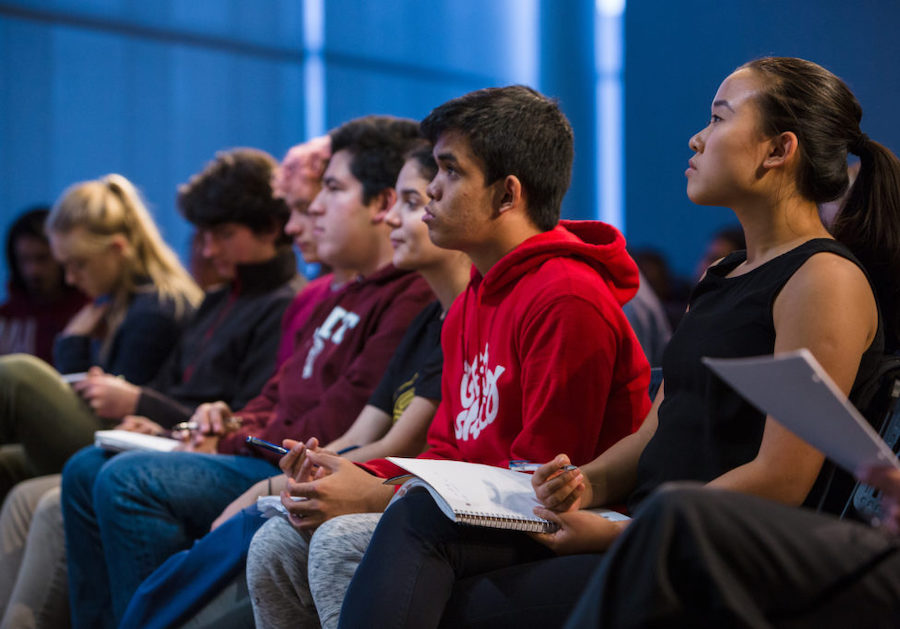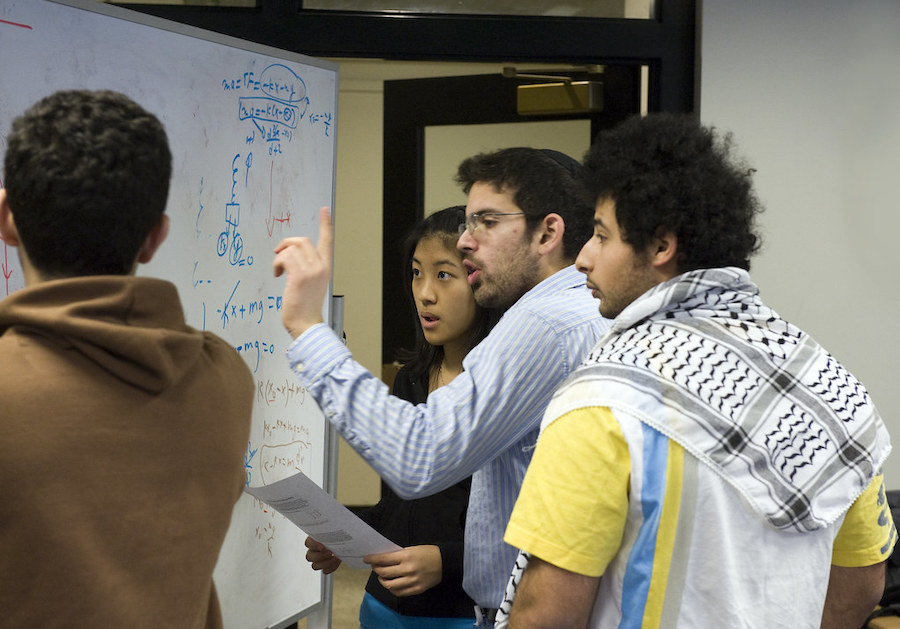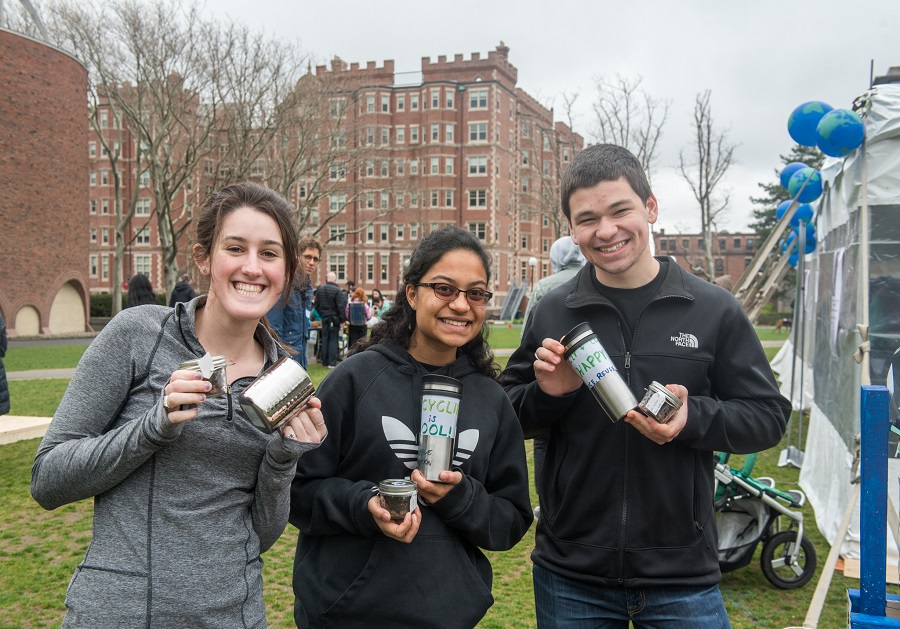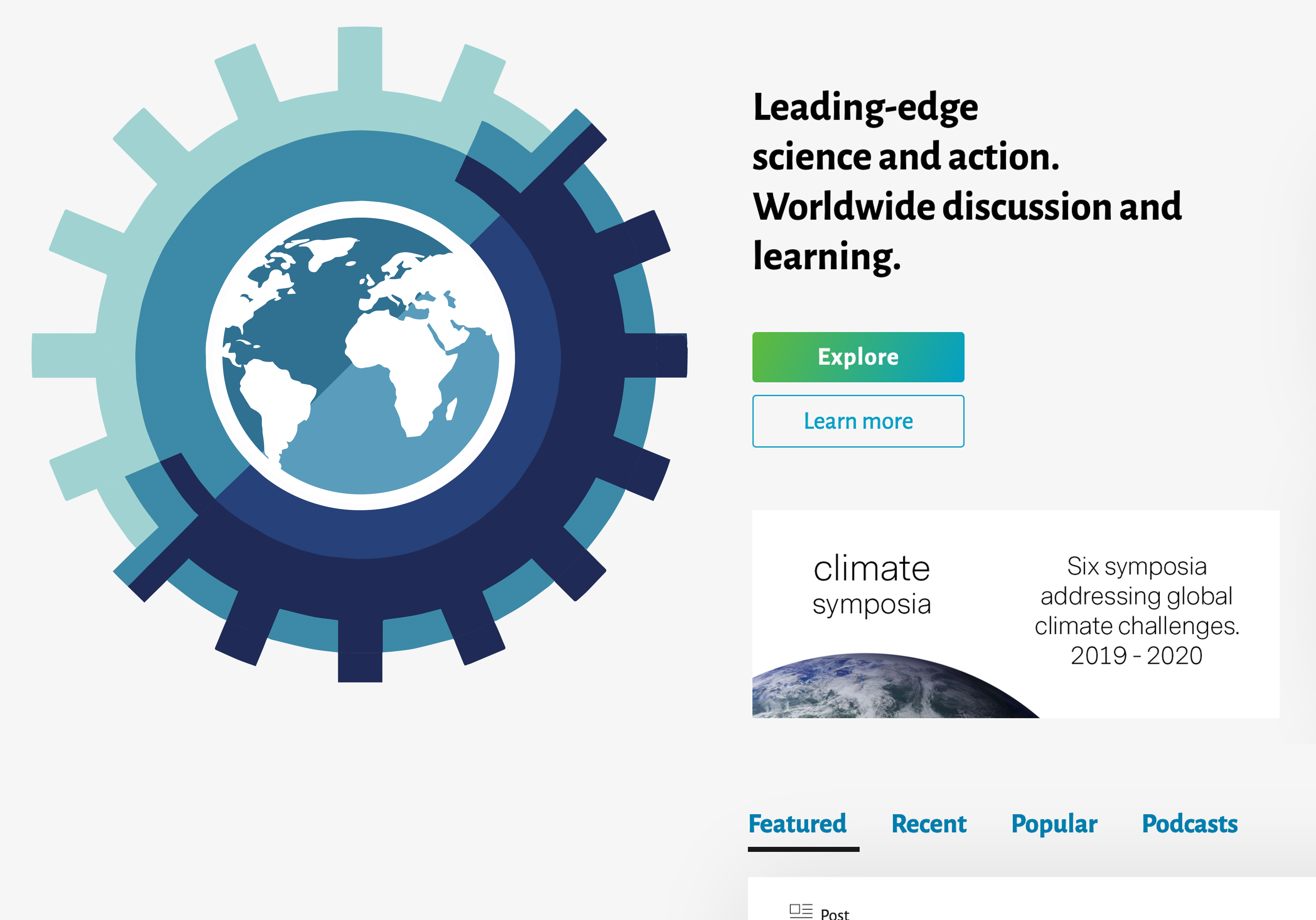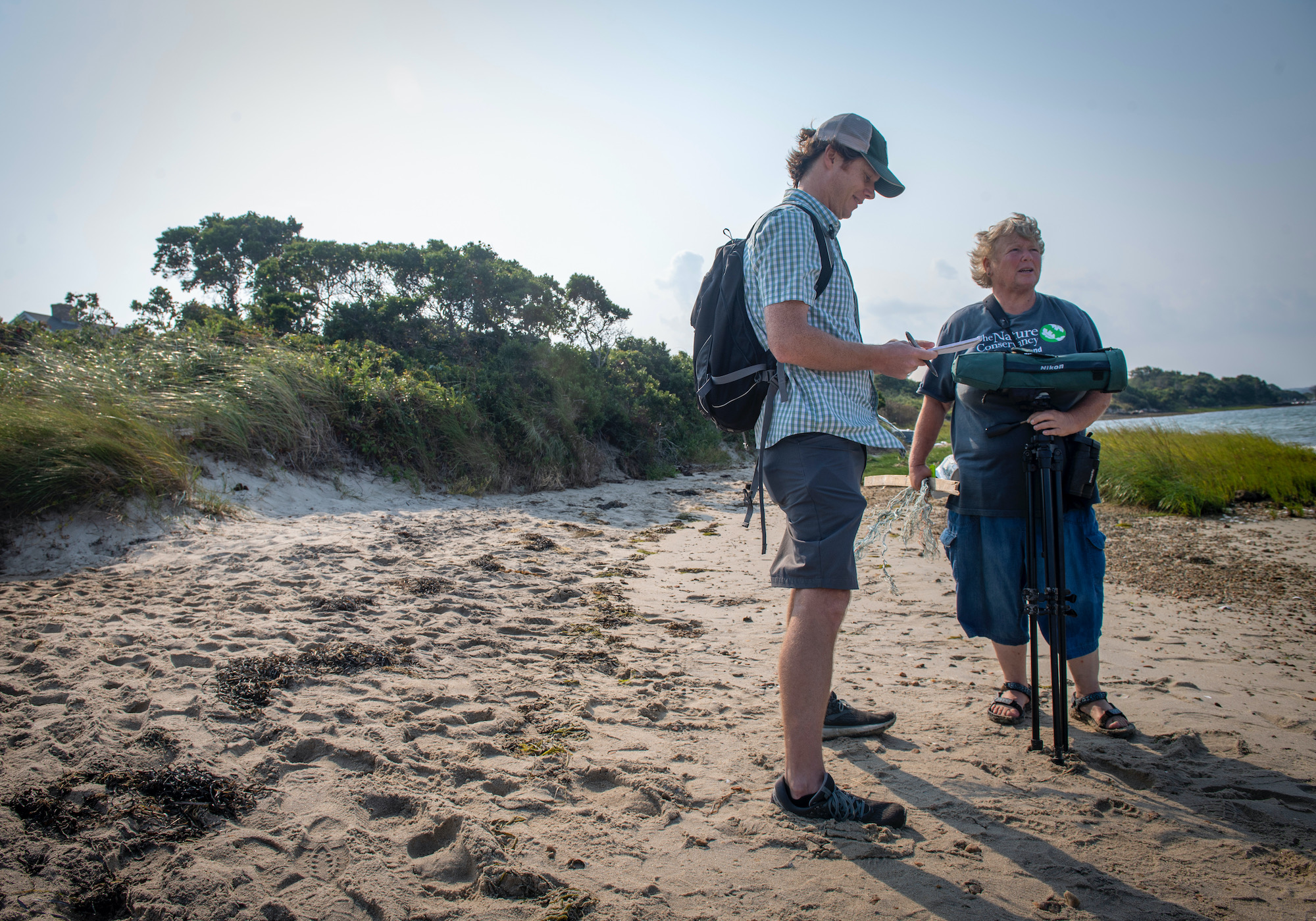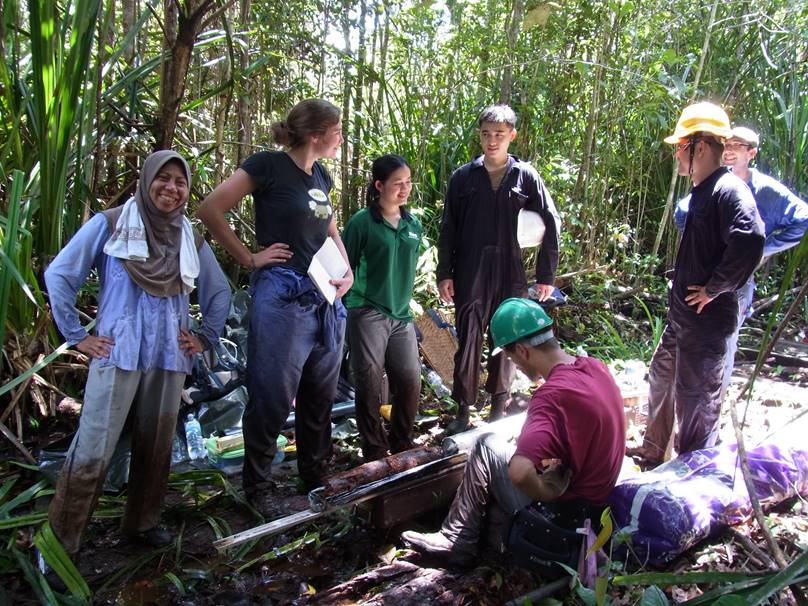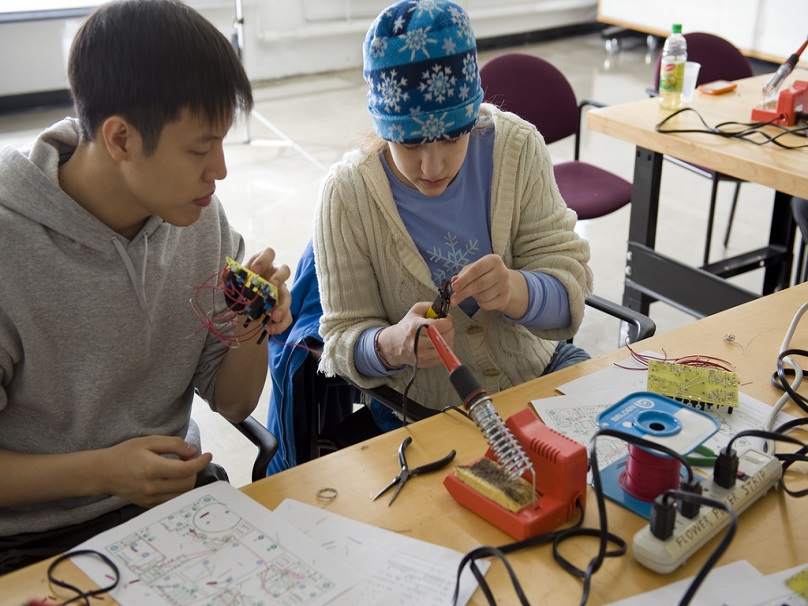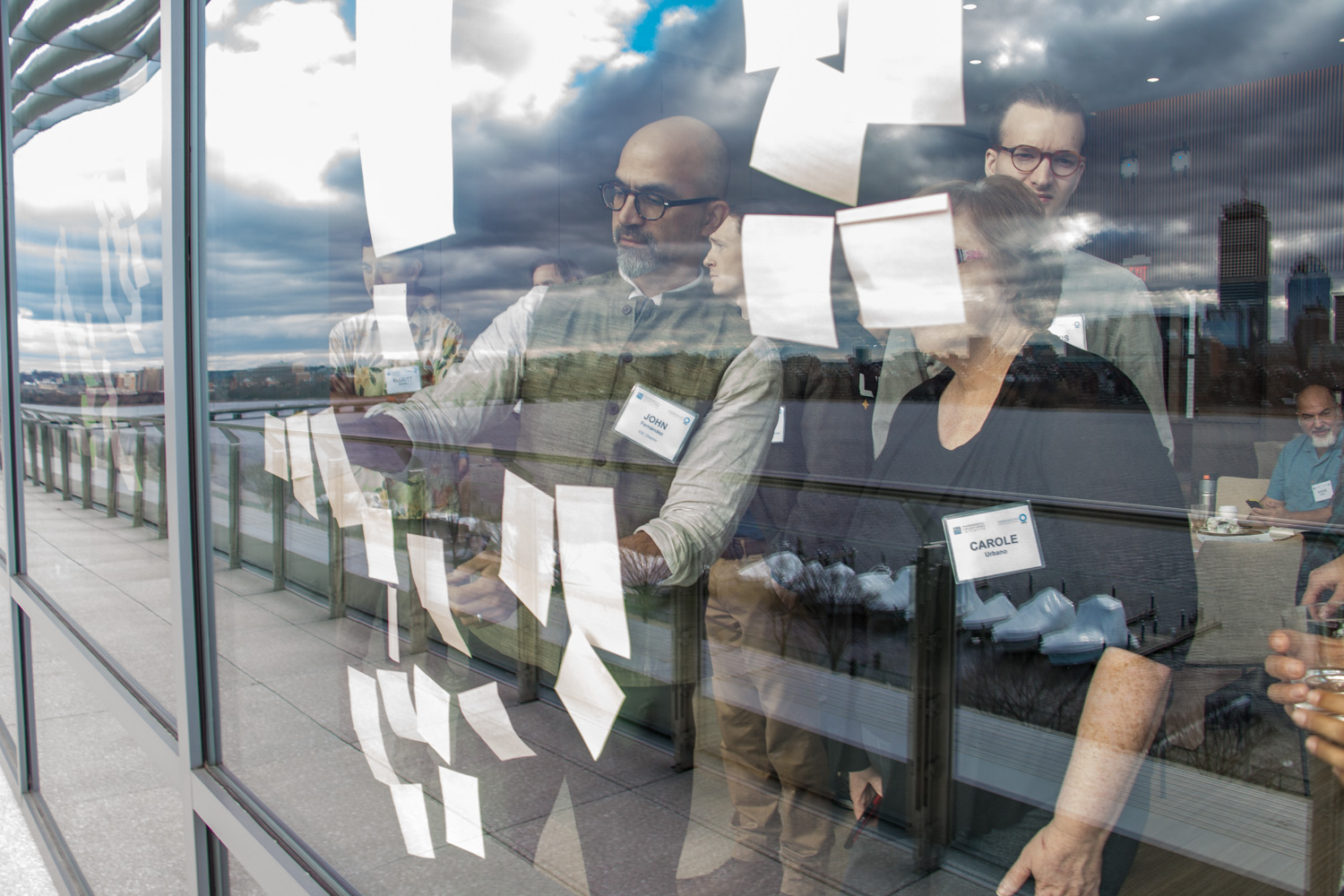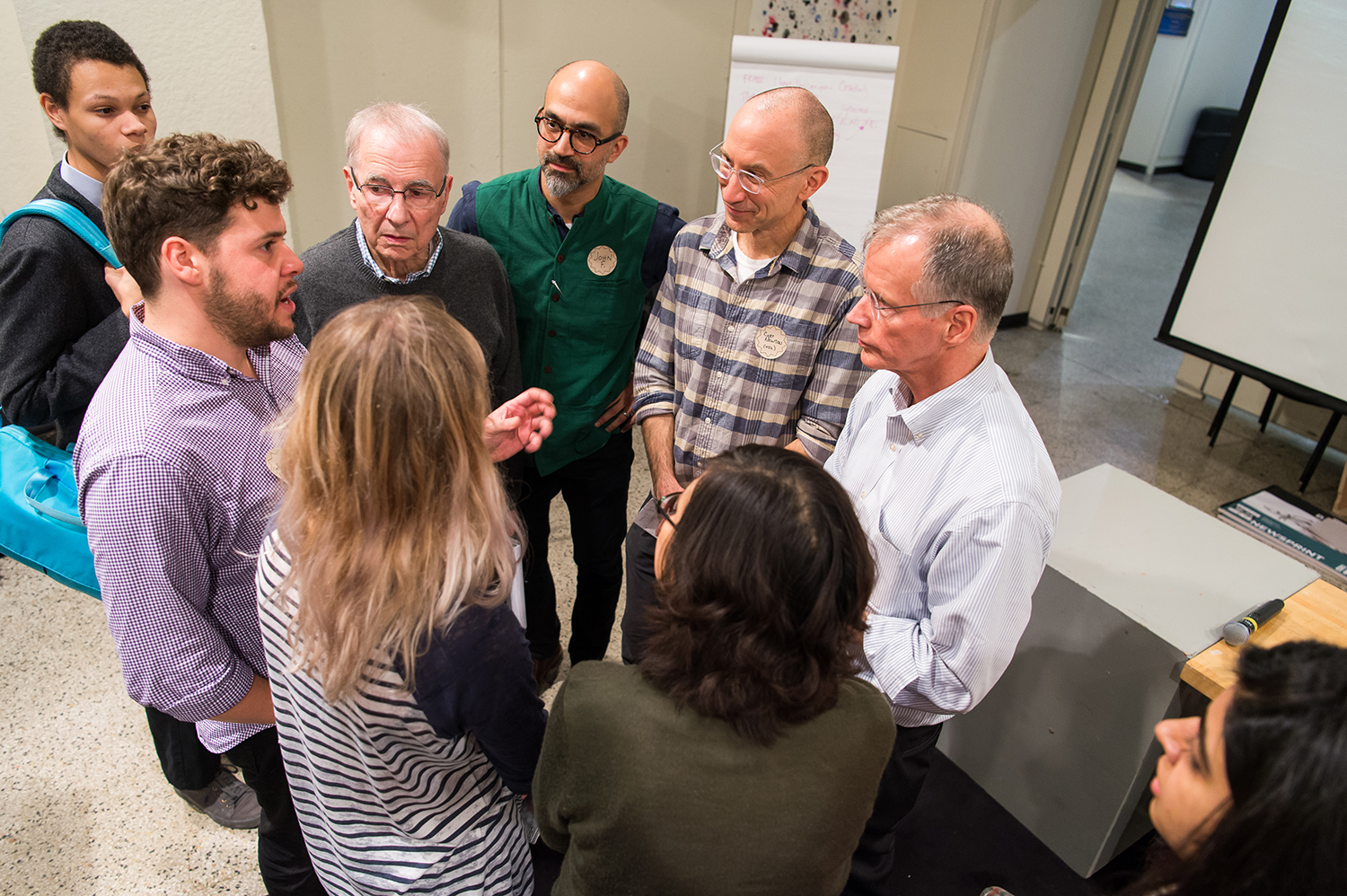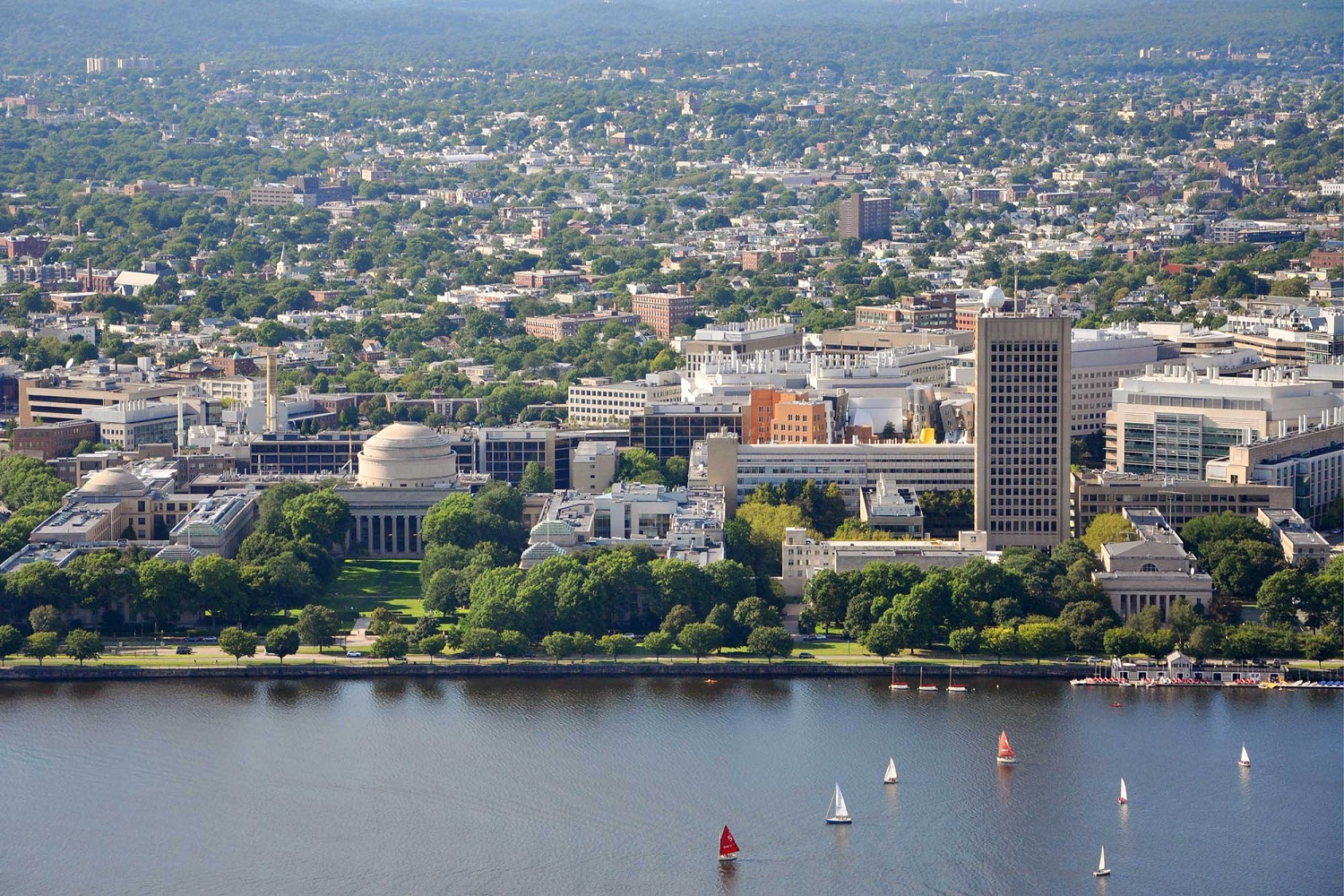Menu
ESI Stories
The Climate, Environment, and Sustainability Infusion Fellowship (CESIF): An Interim Update with Initial Findings
By: Chris Rabe, Postdoctoral Associate
The ESI’s Climate, Environment, and Sustainability Infusion Fellowship (CESIF) launched in February 2023 to empower nine faculty members across seven MIT departments to cross their disciplinary boundaries and embed topics of climate science, the environment, and sustainability (CES) into the regular undergraduate curriculum.
As an ESI white paper explains, climate education is necessary for several reasons, including its ability to encourage critical and collective reflection on science and its implications on equity in order to break down disciplinary boundaries. This, in turn, provides students with the tools to “challenge technological and scientific advancement that can perpetuate the unjust status quo for more just solutions.”
Since we are nearing the halfway point of this two-year fellowship, let’s examine its structure and how research questions have been addressed thus far.
CESIF Structure
On the left-hand side of the figure below, individual faculty change is depicted through Hauk’s model for faculty readiness and change. This model includes domains of the professional change environment, as professors may be influenced by many factors including personal interest, disciplinary expertise, or institutional pressure.

Conceptual framework for CESIF individual, community, and institutional change. Figure courtesy of Chris Rabe
Moving to the center, CESIF’s components include three models that will create a faculty-centered, experiential community of practice where professors receive support from the CESIF staff and faculty peers through monthly meetings. These models are based on research that shows successful faculty development projects have a long-term duration, focus on shifting beliefs, and seek to create a community of practice. During this time, CES instructional frameworks will be presented to professors and include sustainability content knowledge/literacy areas (sustainability knowledge, systems thinking, social justice, futures thinking, and active citizenship) and sustainability instructional approaches (collaborative, small group learning, inquiry based learning, experiential learning, service learning, place-based learning, and culturally sustained learning), all of which are supported by an ESI white paper titled An Introduction to Sustainability Education. Professors will interpret and infuse these frameworks based on their disciplinary experience and expertise.
The central area also depicts how the CESIF community of practice interacts with the process of individual change. Work from Kim Kasten and Cathy Maluca highlights how communities of practice influence individual change, which can then reciprocally benefit changes to the community, something they refer to as “a reciprocal benefit feedback loop.”
The right side of the framework depicts a successful influence of CESIF on the faculty participants which includes changes in content knowledge, instructional approaches, and teaching philosophy. In addition, it highlights how faculty members can disseminate their changes to their departments and create new departmental course offerings, syllabi, units, or course modules that can be used by other faculty members. A critical goal of CESIF is to spur wider departmental and institutional integration of CES course content and pedagogical strategies.
Although this study builds on models for STEM transformation and communities of practice for instructional change and a framework for examining faculty instructional readiness for change in geosciences, the framework for CES infusion in STEM disciplines created for this study would be the first of its kind.
Research Questions & Initial Findings
What factors contribute to or inhibit instructional change?
Two challenges that have been noted often among faculty are (1) The need to cover a wide-range of discipline specific content and a limited amount of space to include new CES units or modules and (2) a lack of CES disciplinary expertise and a need for time and resources to engage in learning experiences to gain knowledge in this area.
To address this, some of our discussions have focused on the potential of infusing CES content as part of disciplinary content, rather than thinking about adding onto an already crowded syllabus. This is quite a challenge, especially when exploring ways to integrate CES content and teaching practices throughout a course’s syllabus, as opposed to merely adding a new lesson or unit.
Factors that contribute to change include varying levels of institutional support, the potential to share ideas with the CESIF community, and previous CES teaching experiences.
For example, in discussing community support, Mike Short, associate professor of nuclear engineering, explained that one reason why he joined CESIF was, “to be a part of this community because MIT is so decentralized that it’s hard to find who else resonates with you. You could find great friends hiding just in the next building that you’d never meet otherwise.”
In addition, Ariel Furst, Paul M. Career Development Professor of Chemical Engineering, believes that future support is possible. On this, she said, “I think the combo of teaching and sustainability is going to be important. And I am hoping that student evaluations will speak for themselves, that students will be more engaged in these classes. And then you can share that with deans and things like that and say, ‘This is working.’ We should encourage faculty to incorporate this.”
What kinds of instructional changes are in process?
Faculty members are still in the process of making modifications to current courses and exploring the creation of new courses.
For example, Katrina Lacurts, lecturer in electrical engineering and computer sciences (EECS), is investigating using CES as a context for subjective decision making processes and how it can be integrated within classroom content and assignments.
Betar Gallant, the American Bureau of Shipping Career Development Professor in Mechanical Engineering, is aiming to expand and refresh mechanical engineering courses (2.005/2.006 series Thermal Fluids and Engineering I and II) with new renewable energy based content.
Furst is working on changes to the 10.569 Polymer Synthesis course by adding new inquiry based and active learning opportunities for students to explore sustainable processes and polymers.
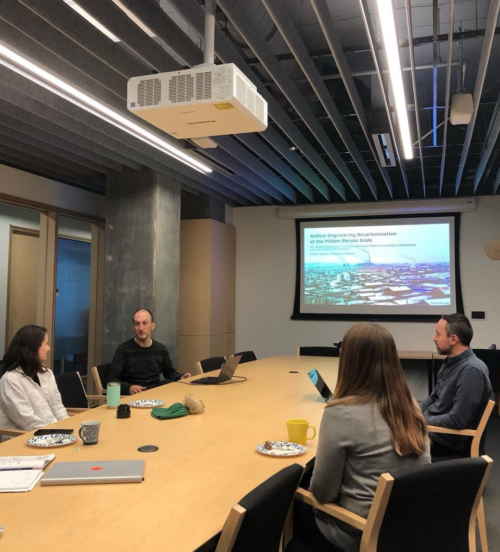
CESIF members meet for a presentation from Michael Short (associate professor of nuclear science and engineering) titled Anthro-Engineering Decarbonization at the Million-Person Scale. Photo credit: Sophia Apteker
Next Steps and Future Goals
By building a multidisciplinary framework for CES infusion in STEM disciplines, more undergraduate students will be exposed to innovative CES content and instructional approaches in STEM disciplines across institutions of higher education, which will provide them with a unique combination of competencies to address a wide-range of climate change problems that occur around the world.
As we move into the academic year 2024-25, faculty members will continue to refine and implement changes into their courses, and we will have the opportunity to learn more about the impacts of these changes on student learning experiences. In early 2025, we plan to have an event that will allow these faculty members to showcase their instructional innovations to the MIT community.
As discussions continue related to better integrating climate and sustainability within the General Institute Requirements (GIRs) at MIT, we believe the experiences and findings from the CESIF project can have a substantial impact on larger, institute-wide curricular change.
Learn more about CESIF.

